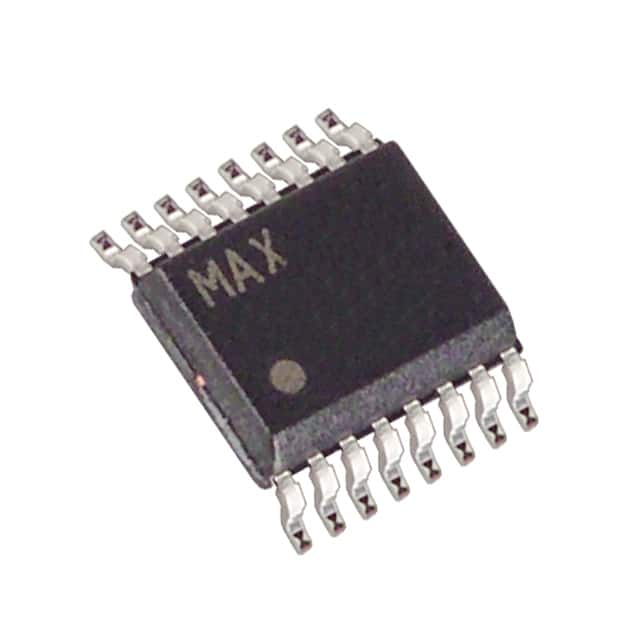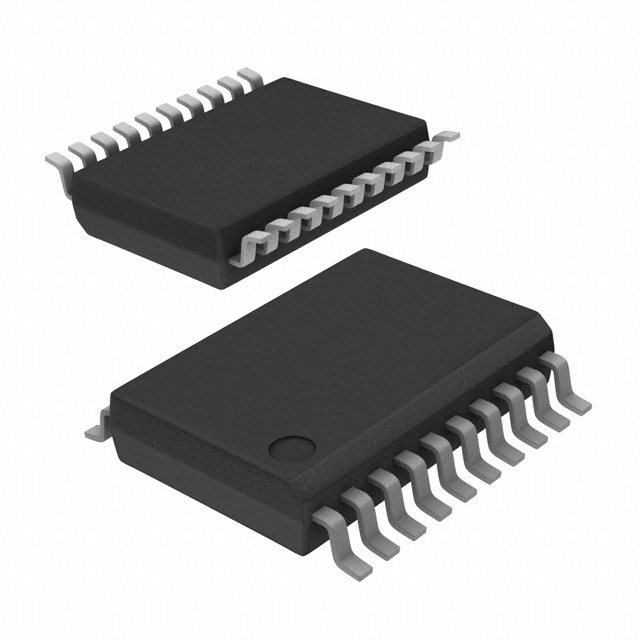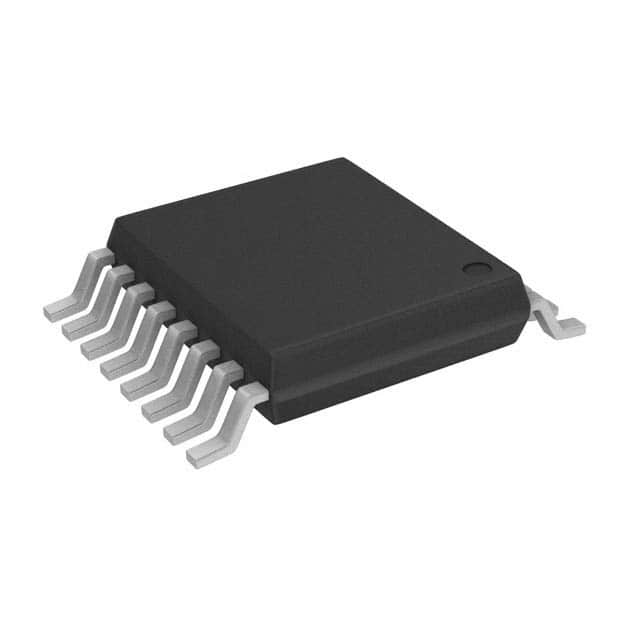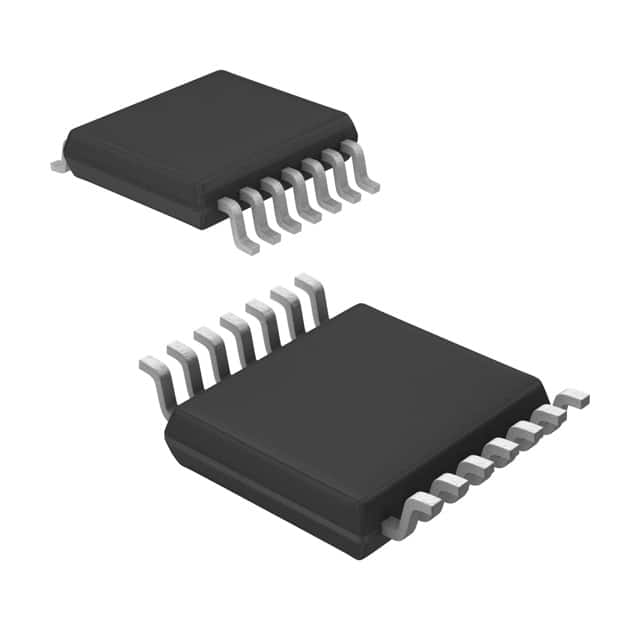AD9200ARSZ Product Introduction:
Analog Devices Inc. Part Number AD9200ARSZ(Data Acquisition - Analog to Digital Converters (ADC)), developed and manufactured by Analog Devices Inc., distributed globally by Jinftry. We distribute various electronic components from world-renowned brands and provide one-stop services, making us a trusted global electronic component distributor.
AD9200ARSZ is one of the part numbers distributed by Jinftry, and you can learn about its specifications/configurations, package/case, Datasheet, and other information here. Electronic components are affected by supply and demand, and prices fluctuate frequently. If you have a demand, please do not hesitate to send us an RFQ or email us immediately sales@jinftry.com Please inquire about the real-time unit price, Data Code, Lead time, payment terms, and any other information you would like to know. We will do our best to provide you with a quotation and reply as soon as possible.
Introducing the Analog Devices Inc. AD9200ARSZ, a cutting-edge analog-to-digital converter (ADC) that revolutionizes data acquisition and processing. With its exceptional performance and versatile features, this ADC is designed to meet the demanding requirements of a wide range of applications.
The AD9200ARSZ boasts a high-speed sampling rate of up to 20 MSPS, ensuring accurate and precise data conversion. Its 12-bit resolution guarantees excellent signal fidelity, enabling the capture of even the smallest details in analog signals. The device also incorporates a low-power mode, optimizing energy consumption without compromising performance.
This ADC is equipped with a flexible input range, allowing it to handle both single-ended and differential input signals. Its integrated programmable gain amplifier (PGA) further enhances signal conditioning, enabling seamless integration with various sensor types. The AD9200ARSZ also features a wide supply voltage range, making it compatible with a variety of power sources.
The AD9200ARSZ finds applications in numerous fields, including industrial automation, telecommunications, medical imaging, and scientific research. Its high-speed capabilities make it ideal for real-time data acquisition in industrial control systems and communication infrastructure. In medical imaging, it enables the accurate digitization of analog signals from X-ray and ultrasound machines. Additionally, its precision and versatility make it a valuable tool in scientific research, facilitating data acquisition in physics, chemistry, and biology experiments.
In summary, the Analog Devices Inc. AD9200ARSZ is a state-of-the-art ADC that delivers exceptional performance and versatility. With its high-speed sampling rate, flexible input range, and wide application fields, this ADC is the perfect choice for demanding data acquisition and processing needs.
Analog to digital Converters (ADCs) are electronic devices used to convert continuously varying Analog signals into discrete Digital signals. This process usually includes three steps: sampling, quantization and coding. Sampling means capturing the instantaneous value of an analog signal at a fixed frequency; Quantization approximates these transient values to the nearest discrete level; Finally, the encoding converts the quantized value into binary numeric form.
Application
ADCs(Analog-to-digital Converters) is widely used in a variety of scenarios, such as audio and video recording, measuring instruments, wireless communications, medical devices, and automotive electronics. For example, in audio devices, the ADC is responsible for converting the sound signal captured by the microphone into a digital format for easy storage and transmission.
FAQ about Data Acquisition - Analog to Digital Converters (ADC)
-
1.
What is ADC for data acquisition?
A data collector is an electronic device used to convert various data (such as barcodes, RFID tags, etc.) into a storable and editable format and transmit it to a computer or system in real time. Data collectors are usually operated using handheld devices (such as inventory counting machines or PDAs) and have functions such as real-time acquisition, automatic storage, instant display, instant feedback, automatic processing, and automatic transmission. They can be widely used in warehouse management, logistics transportation, retail, medical, military and other fields. The main functions of data collectors include data acquisition, real-time data processing, data storage and transmission.
ADC, or analog-to-digital converter, is an electronic device that can convert continuously changing analog signals into discrete digital signals. It is mainly used in data acquisition, signal processing, communication and other fields.
-
2. What process converts analog to digital?
There are three basic processes for analog to digital conversion:
The first process is "sampling", which is to extract the sample value of the analog signal at equal intervals to turn the continuous signal into a discrete signal.
The second process is called "quantization", which is to convert the extracted sample value into the closest digital value to represent the size of the extracted sample value.
The third process is "encoding", which is to represent the quantized value with a set of binary digits. After these three processes, the digitization of the analog signal can be completed. This method is called "pulse encoding".
After the digital signal is transmitted to the receiving end, a restoration process is required, that is, the received digital signal is converted back to an analog signal so that it can be understood by the receiver. This process is called "digital-to-analog conversion", which reproduces it as sound or image.
-
3. How to convert analog to digital without ADC?
Analog to digital conversion without ADC can be achieved through PWM circuit. This method is suitable for those main control chips without built-in ADC, which needs to be solved by two GPIOs and an operational amplifier. The basic principle is to use an integral circuit to convert the PWM wave into a smooth DC voltage, and then continuously adjust the PWM duty cycle by comparing it with the voltage to be measured until the output of the comparator changes from 0 to 1, and record the current PWM duty cycle, thereby realizing the measurement of the analog voltage.
 Lead free / RoHS Compliant
Lead free / RoHS Compliant




























